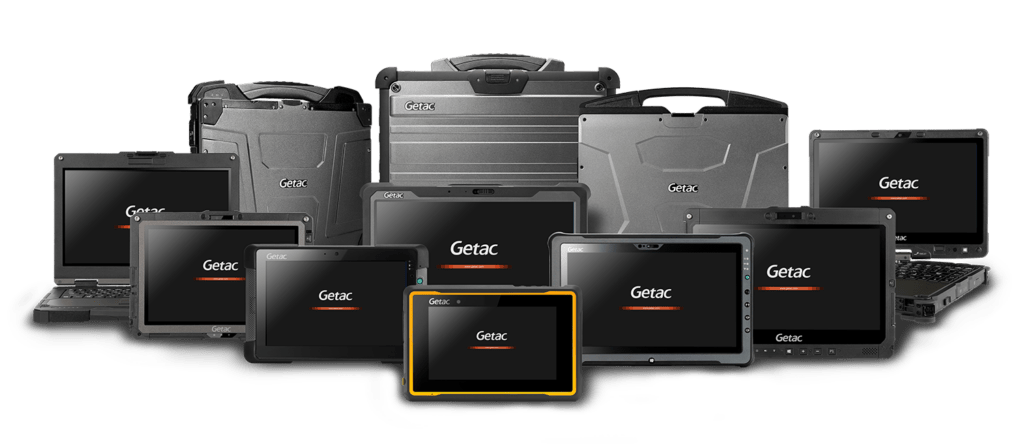As technology continues to evolve, the need for intrinsically safe devices in hazardous environments has become increasingly important. Designers design these devices to operate safely in environments where ignition of flammable gases or dust is a risk. One of the key challenges in designing these devices is heat management. This article, brought to you by the Intrinsically Safe Store, will delve into the strategies and design considerations for heat management in intrinsically safe devices. We invite you to explore our website for a wide range of intrinsically safe products and solutions.
Understanding Intrinsically Safe Devices
Designers create intrinsically safe devices to limit the electrical and thermal energy available for ignition. People use these devices in hazardous areas where flammable gases, vapors, or dust are present. They design these devices to prevent sparks and keep surface temperatures low to avoid ignition.
The Importance of Heat Management
Heat management is crucial in the design of intrinsically safe devices. Excessive heat can lead to device failure, and in a hazardous environment, this could potentially trigger an explosion. Therefore, managing heat effectively is a critical safety measure.
Design Considerations for Heat Management
There are several design considerations when it comes to heat management in intrinsically safe devices:
- Material Selection: The materials used in the device should have good thermal conductivity to dissipate heat effectively.
- Component Placement: Components that generate more heat should be placed in areas where heat can be dissipated more effectively.
- Thermal Interface Materials: These materials improve the thermal contact between heat sources and heat sinks.
- Heat Sinks: These are used to dissipate heat away from the device.
Strategies for Heat Management
Intrinsically safe devices can employ several strategies for effective heat management:
- Active Cooling: This involves using fans or liquid cooling systems to dissipate heat.
- Passive Cooling: This involves using heat sinks and thermal pads to dissipate heat without the use of power.
- Thermal Management Software: This software monitors and controls the temperature of the device.
Case Study: Heat Management in Intrinsically Safe Tablets
A case study that illustrates the importance of thermal control is the design of intrinsically safe tablets. People use these devices in hazardous environments, and they need to operate safely and reliably. The designers equipped the tablets with heat sinks and thermal pads to dissipate heat effectively. They also use thermal management software to monitor and control the temperature of the device.

Thermal control is a critical aspect of designing intrinsically safe devices. It involves careful material selection, strategic component placement, and the use of thermal interface materials and heat sinks. Active and passive cooling strategies, as well as thermal management software, can also be employed to ensure effective heat dissipation. By managing heat effectively, we can ensure the safe and reliable operation of these devices in hazardous environments.
For more information on intrinsically safe devices and solutions, visit the Intrinsically Safe Store. If you have any questions or need further assistance, feel free to contact us.


























